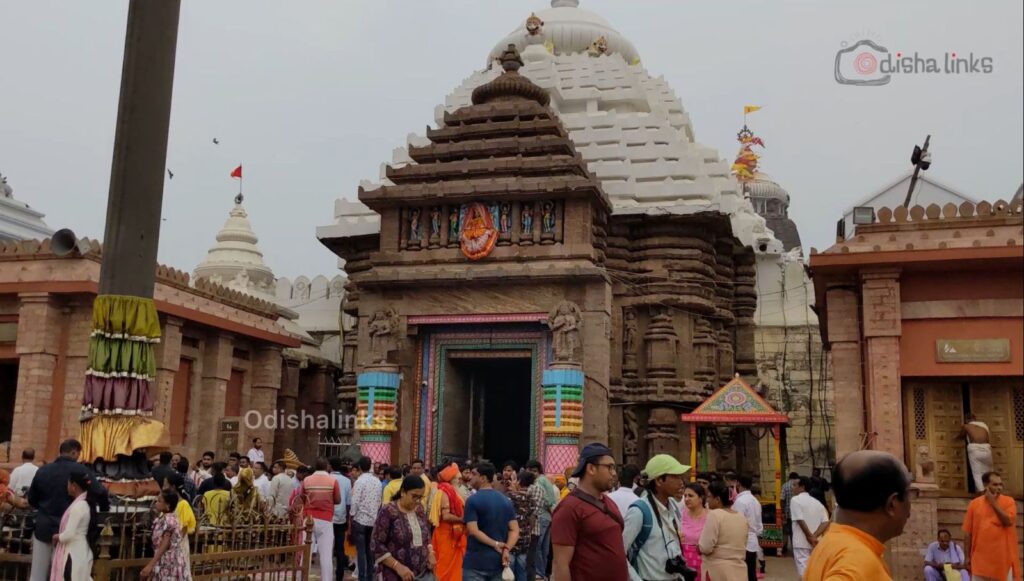The Puri Jagannath Temple, an iconic symbol of spiritual heritage in India, stands as a testament to the profound religious traditions and architectural grandeur of Odisha. One of the unique aspects of this revered shrine is its four distinctive doors, each holding significant cultural, religious, and historical value. These doors are not merely entrances but serve as conduits of deeper spiritual symbolism, reflecting the temple’s timeless essence.
The four doors of Puri Sri Mandir are more than architectural marvels; they are symbols of profound spiritual significance. Each gate—Lion, Elephant, Horse, and Tiger—embodies unique attributes and blessings that devotees seek as they embark on their spiritual journey within the temple. These doors are not just entrances but represent the multifaceted approach to spirituality, offering protection, wisdom, strength, and courage. As pilgrims pass through these sacred portals, they are enveloped in the timeless tradition and divine energy that the Puri Jagannath Temple has radiated for centuries.
The Lion Gate (Simhadwara)
The main entrance of the Jagannath Temple is the Lion Gate, also known as Simhadwara. This grand entrance, adorned with statues of lions, signifies strength and protection. The lions symbolize the power and guardianship of the divine, ensuring that the sanctity of the temple is preserved. It is from this gate that the deities of the temple embark on the grand Rath Yatra, one of the most significant annual festivals. Devotees enter through the Lion Gate to catch their first glimpse of Lord Jagannath, known as “Nabakalebara Darshan,” marking the beginning of their spiritual journey within the temple complex.
The Elephant Gate (Hastidwara)
The second entrance is the Elephant Gate, or Hastidwara, located on the northern side of the temple. Decorated with intricately carved elephants, this gate symbolizes wisdom and strength. Elephants are revered in Hindu culture for their association with Lord Ganesha, the remover of obstacles. The presence of elephants at this gate is believed to ward off evil and bring in prosperity. Pilgrims who enter through Hastidwara seek blessings for the removal of obstacles in their lives and for the attainment of wisdom and strength.
The Horse Gate (Ashwadwara)
The Horse Gate, known as Ashwadwara, is situated on the southern side of the temple. Horses, in Hindu iconography, symbolize energy and power. This gate represents the dynamic and swift aspect of life and spirituality. Devotees who choose to enter through Ashwadwara often do so to seek blessings for vitality, courage, and the strength to overcome life’s challenges. The Ashwadwara is a reminder of the swift passage of time and the need for action and progress in the spiritual journey.
The Tiger Gate (Vyaghradwara)
The fourth gate, the Tiger Gate or Vyaghradwara, is on the western side of the temple. Tigers symbolize fierce protection and divine energy. This entrance reflects the intense power and vigilance required to guard sacred spaces. Entering through Vyaghradwara is believed to invoke divine protection and courage. Pilgrims seek blessings for fearlessness and the strength to face adversities with the courage of a tiger. It embodies the temple’s protective aura, safeguarding the spiritual and physical well-being of the devotees.

